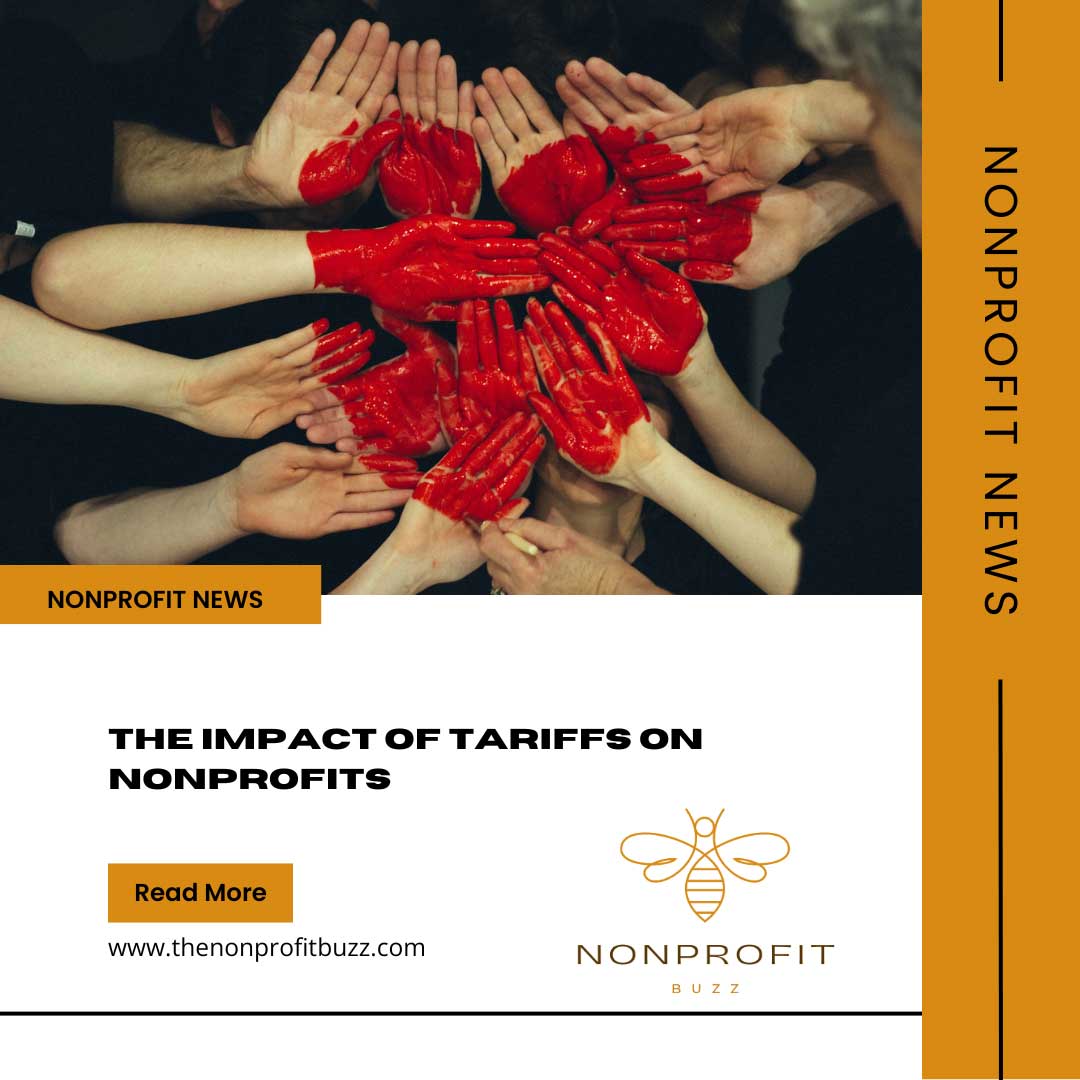The Impact Of Tariffs On Nonprofits

The impact of tariffs on nonprofits is a growing concern for those in need of their service as well as those providing them. In a world of uncertainty many nonprofits are looking to 2025 and wondering what the patch forward is going to look like. Tariffs can have significant direct and indirect impacts on world and U.S. nonprofits, especially those that rely on goods and services affected by trade policies. When costs for goods and services go up nonprofits can easily find themselves facing an increased need for their help. Nonprofits are affected by the same cost increases and can find themselves struggling to provide assistance for those in need. Here’s a breakdown of how tariffs influence nonprofits:
1. Increased Costs for Goods and Supplies
Nonprofits that purchase items subject to tariffs—like building materials, technology, or food—may see a rise in operational costs. For example:
- A housing nonprofit building affordable homes could face higher costs for steel, lumber, or appliances.
- A health nonprofit importing medical equipment might pay more due to tariffs on electronics or steel components.
Result: Less money for programming, fewer people served, or the need to increase fundraising.
2. International Program Disruptions
Nonprofits working internationally may face tariffs on goods they ship abroad or import to the U.S. (e.g., donated supplies, equipment, or humanitarian aid materials).
- Shipping costs might rise.
- Customs and import delays could slow down time-sensitive aid.
Result: Project delays, reduced efficiency, and logistical complications.
3. Supply Chain Uncertainty
Tariffs can destabilize global supply chains. If a nonprofit depends on specific items (like solar panels, food products, or technology) from certain countries, those items may become scarce or pricier.
Result: Difficulty planning long-term programs or budgeting accurately.
4. Impact on Corporate Donations
If corporate partners are hit hard by tariffs, they may reduce charitable giving or sponsorships. Industries like manufacturing, agriculture, and tech are especially sensitive to trade policies.
Result: A decline in funding from corporate sources, affecting nonprofit sustainability.
5. Inflation & Economic Ripple Effects
Tariffs can lead to broader inflation, raising prices across the board. This affects:
- Operating expenses (rent, utilities, transportation).
- Staff compensation and hiring ability.
- Client need—more people might seek services due to economic hardship.
Result: More demand for nonprofit services but fewer resources to meet it.
How Nonprofits Can Respond
- Diversify suppliers to reduce tariff exposure.
- Advocate for exemptions (some humanitarian goods may qualify).
- Engage in policy discussions about trade and economic policy.
- Build reserves and contingency plans to manage cost volatility.
- Communicate impacts clearly to donors and funders.
Conclusion
We await to see the impact of tariffs on nonprofits, uncertainty surrounding tariffs and increased costs and the impact that will have on local and global nonprofit organizations crates additional strain. However, by optimizing program delivery, diversifying funding sources, and leveraging technology, nonprofits can get ahead of the increased costs and work to mitigate the economic challenges that may be ahead. By looking for these opportunities nonprofits can hopefully soften the impact of sudden economic changes,



